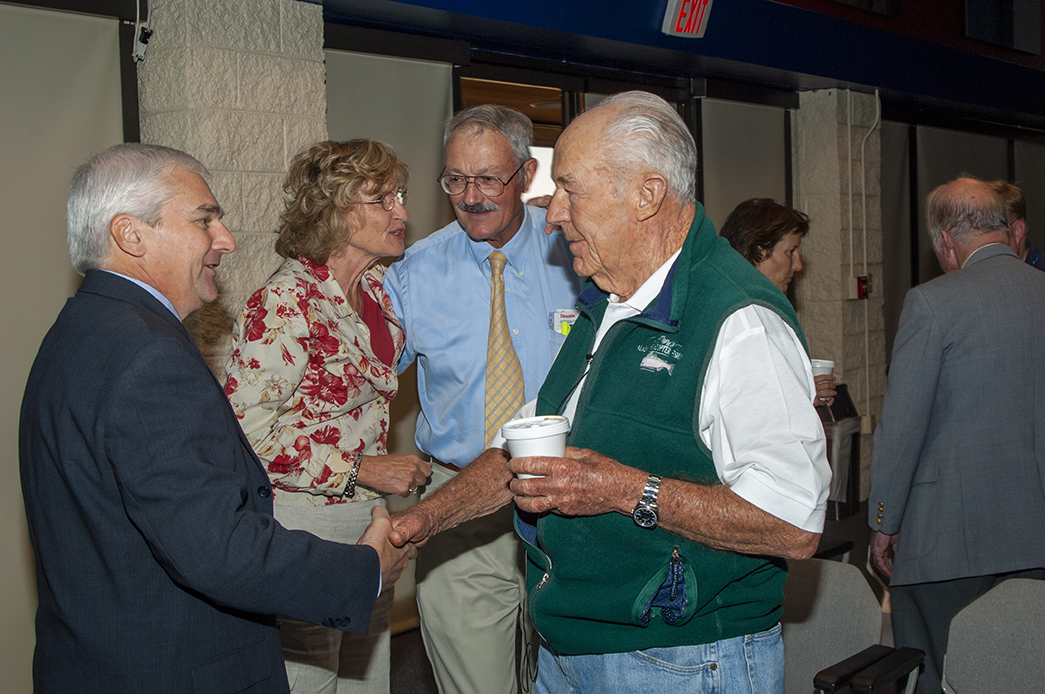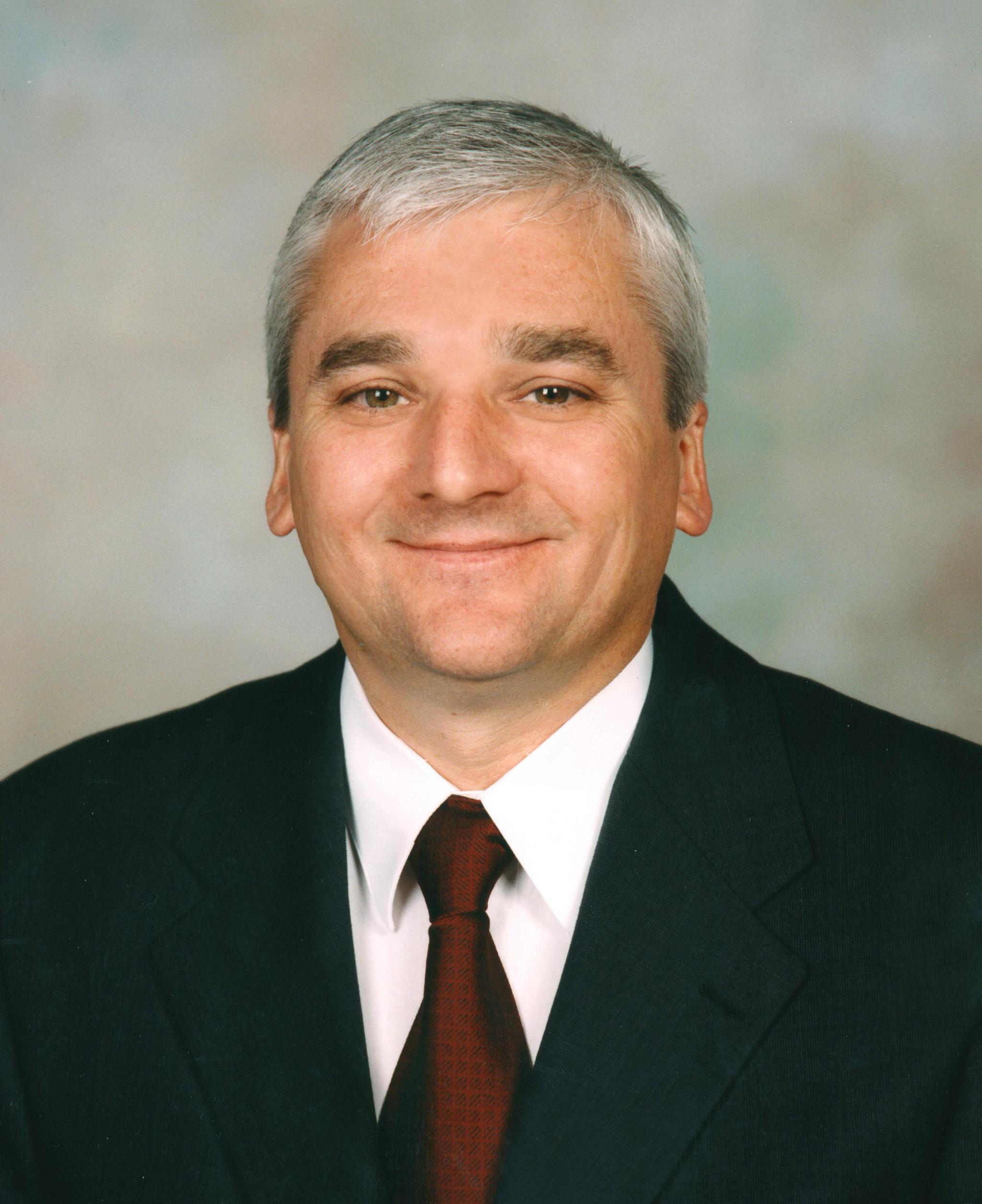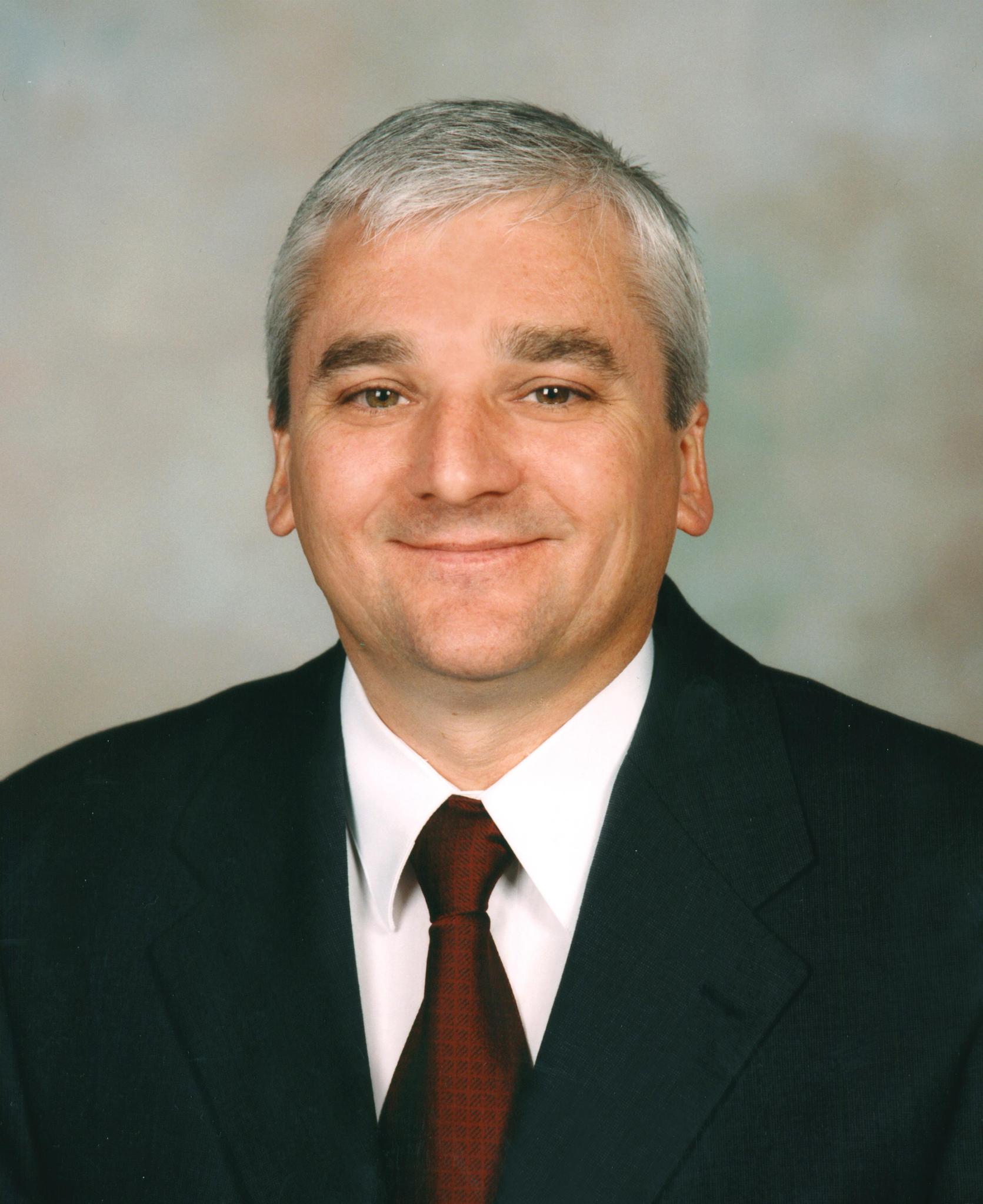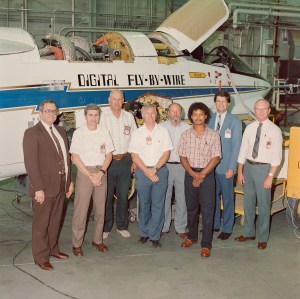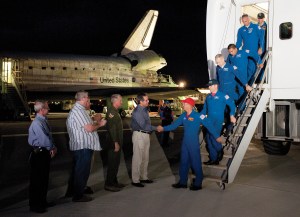I would like to add my congratulations to the NASA Armstrong Flight Research Center during its 75th anniversary celebrations. It is truly a unique place with an unbelievable history of technology contributions. I will always feel honored to have worked there for over 37 years. Working at the center for half of its 75 years, I’d like to share a few memories during my tenure there.
I first arrived at the Flight Research Center (now NASA Armstrong) in July 1971, as a cooperative education student majoring in aerospace engineering from Iowa State University and left in April 2009, after spending the previous 10 years as center director. Three co-op sessions confirmed my interests in aircraft flight control systems, which led to my career as a research engineer and the opportunity to work on some of the world’s most innovative and technologically advanced flight research aircraft programs. My years as the center’s director were largely focused on positioning the center for the future through diversification of its programs and skills.
I was very fortunate in my early years to work with many exceptional engineers and technicians at the forefront of the earliest developments of digital flight control systems for primary, life-critical aircraft flight control. The Flight Research Center invented and developed much of that technology, proved its safety and flexibility in flight applications, and then worked with government and industry partners to implement that technology in advanced aircraft developments.
As a flight controls research engineer, I participated in many flight programs aimed at advancing and maturing these technologies, including the F-8 Digital-Fly-By-Wire, the 3/8th scale F-15 Remotely Piloted Research Vehicle, the Highly Maneuverable Aircraft Technology, and the X-29A Forward Swept Wing aircraft programs. Digital flight controls technology development in the 1970s and 1980s certainly ranks as one of the center’s premier “world-changing” technology contributions. Virtually all the world’s current aircraft use these technologies.
As I transitioned through various supervisory and management positions in the middle years of my career, I participated and supported work on flight programs continuing to exploit remotely piloted and later autonomous technologies. NASA’s Environmental Research and Sensor Technology (ERAST) program sponsored the early development of several remotely piloted aircraft platforms, which contributed significantly to the nation’s current Predator and Global Hawk capabilities.
ERAST also fostered the development of the first fully solar-electric aircraft platforms, including the world-record breaking Helios aircraft. These early unpiloted aircraft developments in the 1980s and 1990s again led to “world-changing” contributions, as evidenced by today’s proliferation of autonomous vehicles.
In the early 1990s, I was heavily involved in the nation’s National AeroSpace Plane (NASP) project; a highly ambitious effort to lower the cost of space access through the development of single-stage-to-orbit technologies. These efforts evolved into NASA’s Access to Space initiative aimed at the development of a family of rocket-propelled reusable launch vehicles, including the X-33, X-34, X-37, X-38, and X-40A vehicles; some of which made it to flight and future applications. In the latter part of the 1990s, the center explored an alternate air-breathing propulsion concept, called the supersonic combustion ramjet (Scramjet), and developed the X-43A (or Hyper-X) vehicle to prove its viability. The successful third flight of the X-43A did just that in 2004, while shattering world speed records in achieving a top speed of Mach 9.6 and creating unique data and knowledge for future technologists. That flight was another key “milestone of flight” in the center’s long history.
As I transitioned to the position of center director in 1998, my focus turned to positioning the center’s programs and workforce to be both relevant and successful in the future, while ensuring the proper execution and accomplishment of ongoing activities. Diversifying the center’s programmatic assignments and facilities to support a broader portfolio was a strategy deployed to ensure long term center viability. Expanding beyond the center’s traditional roles in NASA’s aeronautics became more of a focus.
New opportunities were created at the center with the transitioning of the DC-8 and ER-2 aircraft within NASA’s airborne science program. Other existing aircraft were modified to support the expanding airborne science requirements, including the center’s Gulfstream III, Ikhana, and various support aircraft. Partnering with industry, the center acquired multiple Global Hawk aircraft to expand and support earth science applications. All these changes helped secure the center’s involvement in NASA’s airborne science programs for the future.
In the mid-2000s, the center secured the aircraft development and operations role for the agency’s Stratospheric Observatory for Infrared Astronomy (SOFIA) project, a large science platform, greatly expanding the center’s long-term responsibilities supporting NASA’s space science efforts. The center also greatly expanded its facility capabilities to support these expanded roles in airborne and space science with the acquisition of a major aircraft operations facility in Palmdale.
The center also secured a significant role in the agency’s Crew Exploration Vehicle (CEV) program, supporting the development and test of the CEV launch abort system. This program provided for the center’s involvement in another major NASA effort.
In the late 2000s, early planning for a resurgence of several X-planes within the aeronautics program was underway, which has now matured into some of the center’s most exciting current programs.
It’s hard to imagine career opportunities like this anywhere else in the world. None of these things would have been possible without the extraordinary talents of the dedicated people at the center. I feel extremely honored and blessed to have played a part in the center’s history of success.
Kevin Petersen,
Former Center Director
NASA’s Armstrong Flight Research Center





























